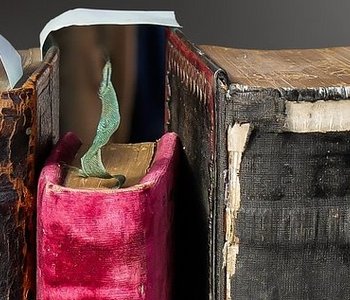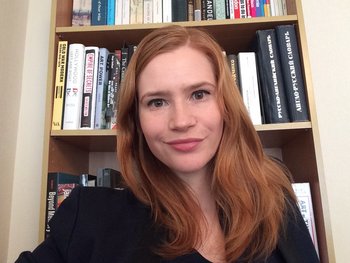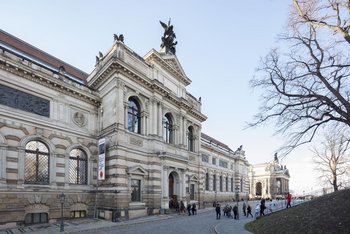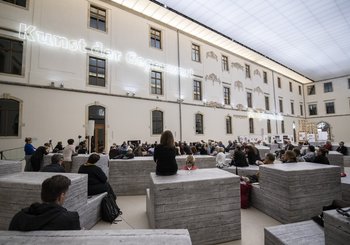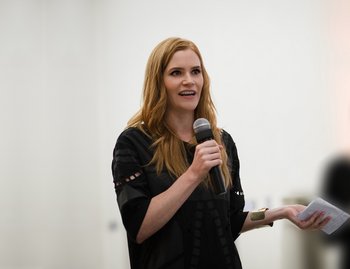[Translate to English:] Am 29./30. Oktober 2016 folgte die zweite Tagung
Which object in our collections do/did you like best and why?
There are so many wonderful works in the SKD collection to choose from! However, one that stands out is from when I was lucky enough to spend a morning at the Kunstfonds, looking at works by artists from Saxony that were acquired during the GDR and continue to be added to the collection every year. I was particularly fascinated by Transall by Christiane Baumgartner (2002–04). Showing three military aircraft being refuelled, this huge sheet of paper gives the impression of being a digitally-printed photograph but is in fact a handcrafted woodcut, based on a magnified still of video footage. The work is technically exquisite and very impressive in terms of its ambition and as a record of the artist’s labour.
When you look closely, you can see the hundreds of lines created from handmade incisions on the woodblock, and the authenticity of the work is evidenced by the very faint dividing line from when the paper was pressed with two huge blocks. I found it a thought-provoking and beautiful blend of a traditional artistic medium and new digital technology. And the subject matter – based on a documentary image, a remnant of the visual culture of contemporary conflict – is something I’m very interested in and has been used to great effect in other recent photorealist works by German artists, such as the paintings of Gerhard Richter.
